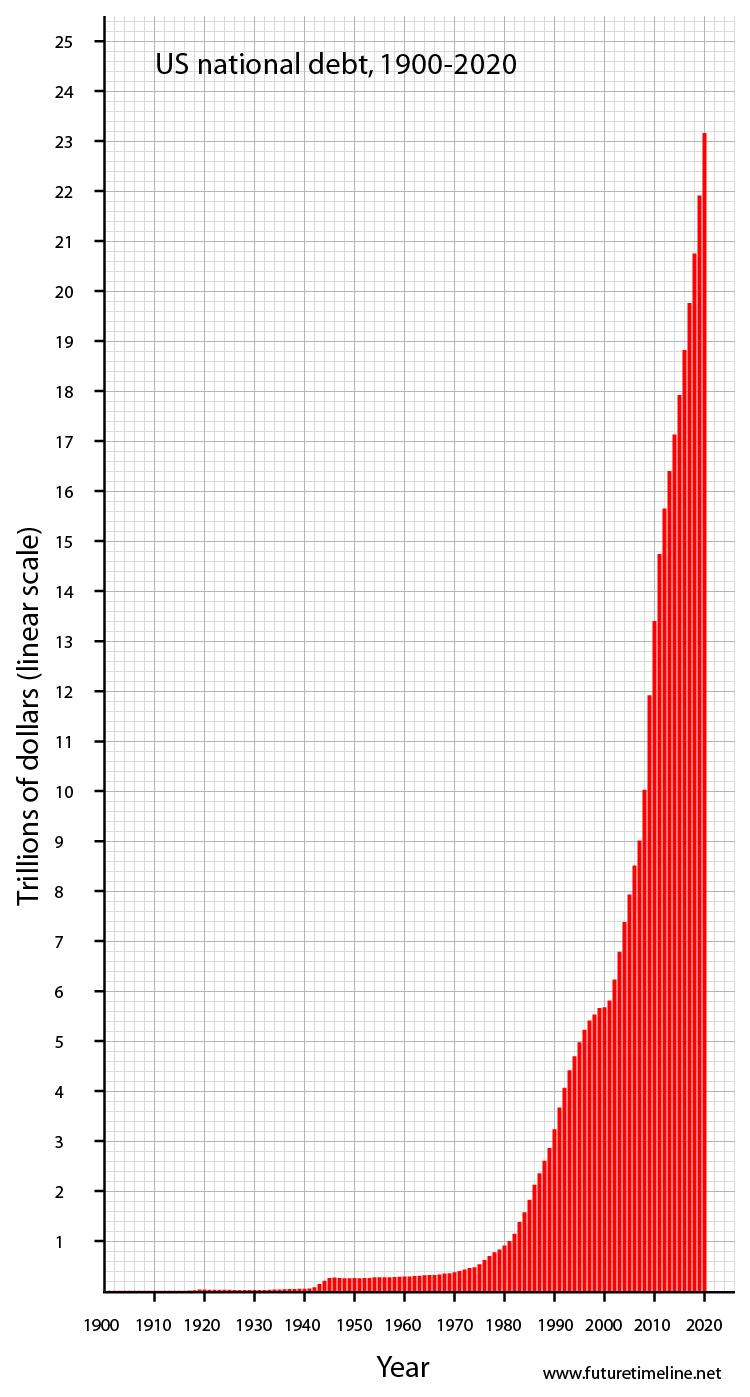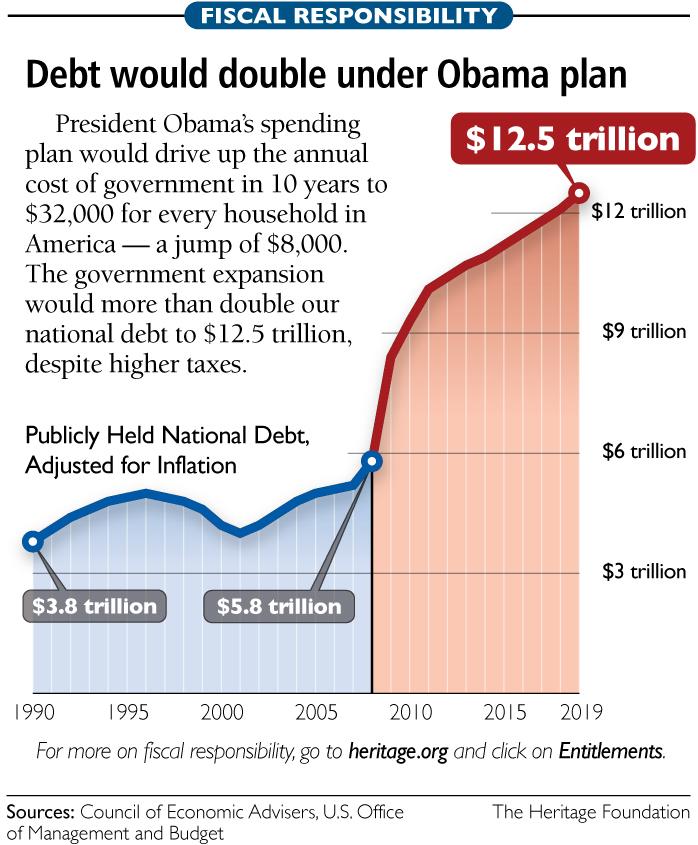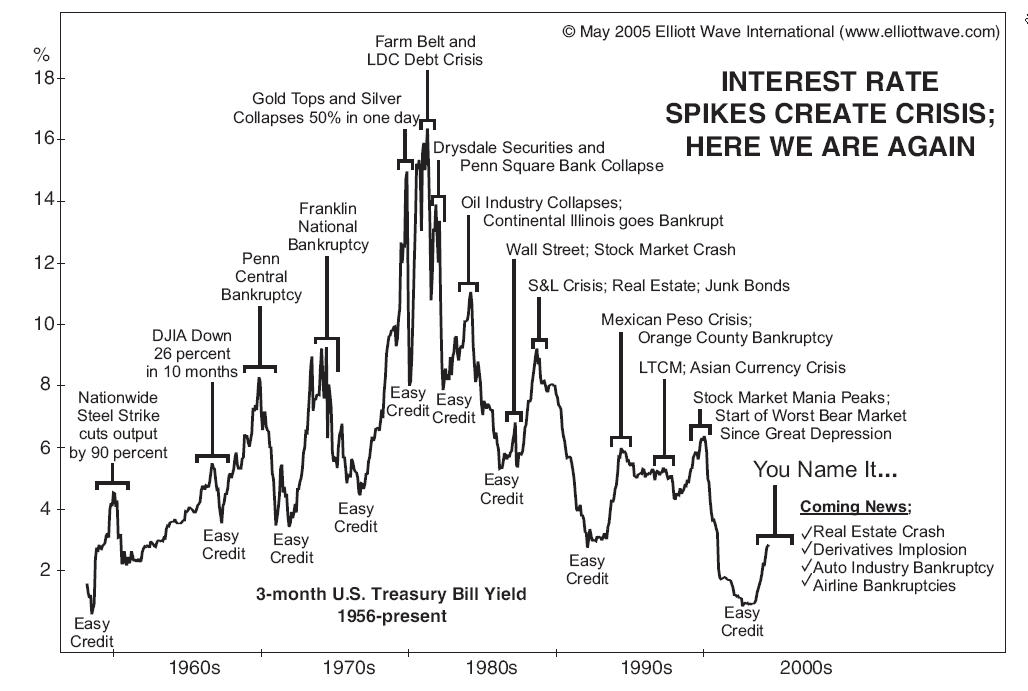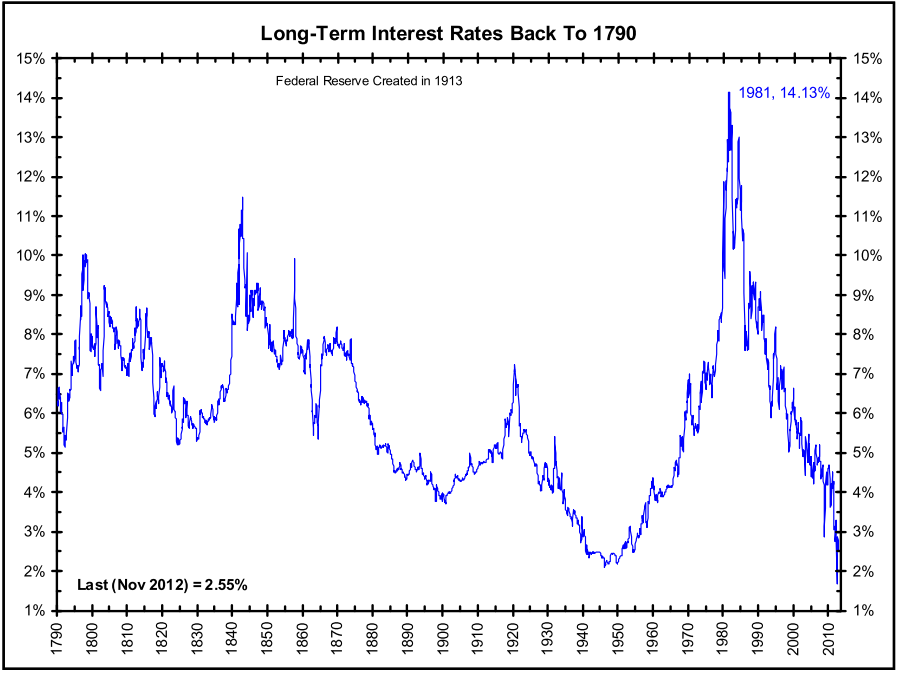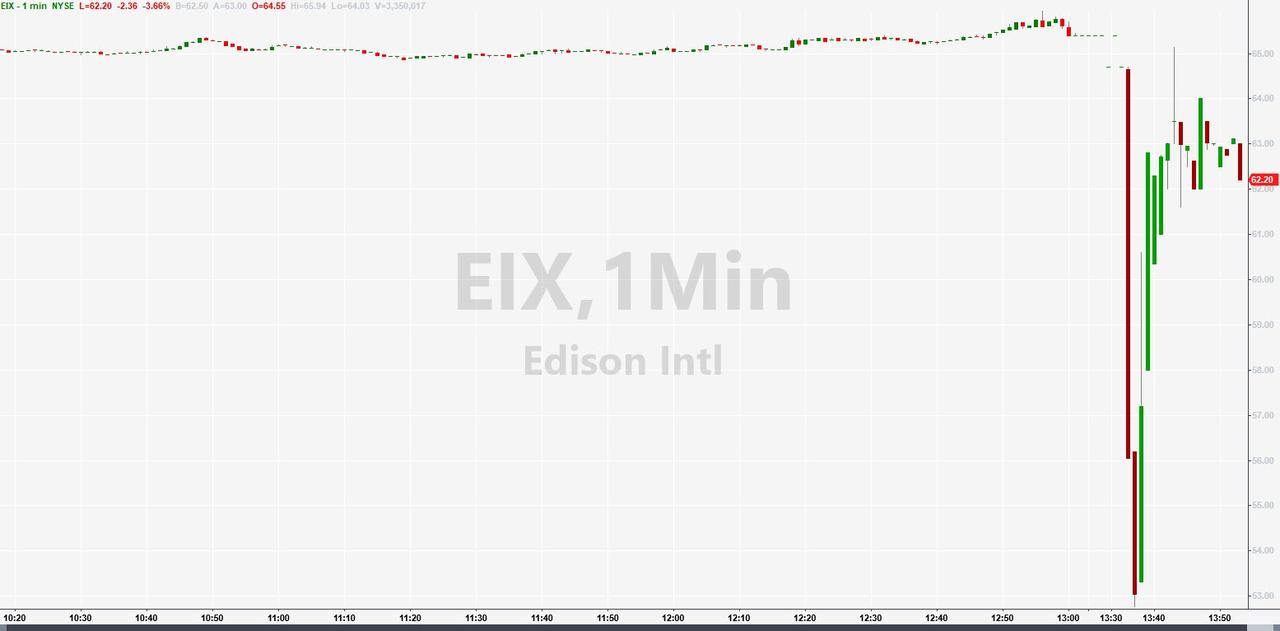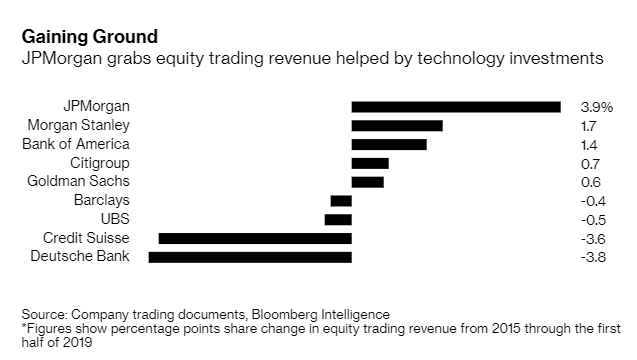President Donald Trump’s Sunday morning press conference on the killing of the murderous and evil Islamic State leader Abu Bakr al-Baghdadi was heavy on celebration but light on coherent strategy for America’s foreign policy in the Middle East. It’s clear that Trump is careening between his impulse to finally bring our troops home and an acceptance of the failed status quo of forever wars. This Dr. Jekyll and Mr. Hyde foreign policy is, in some ways, an improvement over that of recent administrations, but its inconsistency risks unnecessary escalation and makes it impossible to end endless wars.
On the positive side, Trump’s call for change in U.S. strategy hit several key points. First, the past 18 years of U.S. military intervention in the Middle East cannot be permitted to continue forever. “Look,” the president said, “we don’t want to keep soldiers between Syria and Turkey for the next 200 years.” Nor do we—or, at least, nor should we—want to keep them elsewhere in Syria or in Iraq, Afghanistan, Yemen, and beyond.
Part of the urgency of withdrawal stems from Trump’s second point, which is the futility of staying put: “They’ve been fighting for hundreds of years. We’re out.” U.S. military intervention is too often applied to problems it is incapable of resolving—problems better suited to political, religious, and diplomatic solutions implemented by people with more knowledge and interests at stake than the United States. Reactionary meddling in other nations’ affairs too often leads to failure and dangerous backlash.
Third is the enormous cost, both in dollars—”We’re in [the] Middle East now for $8 trillion,” Trump continued, referencing the long-term costs of these conflicts—and lives, with casualties numbering in the tens of thousands on the American side and the millions among civilian populations in the countries where we’re at war. “We don’t want to be there. We want to be home. I want our soldiers home,” Trump said, where they will be out of harm’s way.
Fourth is the security argument: Prolonging these wars fails to keep Americans safe while undermining American power. This is true on multiple fronts. One is that terrorist activity in the Middle East can be addressed by regional powers, all of which share the United States’ absolute opposition to ISIS and similar groups, even if we have grave differences on other matters. Russia, Syria, Iran, Iraq, Turkey are all “right there,” Trump said, and “they all hate ISIS. So we don’t—you know, in theory, they should do something.”
Likewise, America boasts strong natural defenses. “We’re 8,000 miles away” from the Middle East, Trump said, meaning terrorists face significant hurdles to attack the U.S. directly. U.S. boots on the ground in countries like Syria are bogged down policing and nation building, not deterring terror attacks, which can be planned anywhere, even outside of a territorial caliphate. And targeted raids, like the one that killed Baghdadi, can be conducted without a permanent ground presence in the Middle East.
So far, so good—but then Mr. Hyde broke out. Though the president insists “we’re out” of Syria, that simply isn’t true, as he conceded in this very press conference. “We are leaving soldiers [in Syria] to secure the oil,” Trump said. “And we may have to fight for the oil.” After announcing he wants American soldiers home, he immediately backtracked, indicating they could stay if they are “fighting something that’s meaningful.” (Local observers in Syria are already reporting U.S. forces have returned to the bases they just left.) Staying to control Syrian oil or land against claims from the Syrian regime, ISIS, or some new extremist group—or whatever else a president unilaterally deems “meaningful”—is not withdrawal. It is the opposite of withdrawal.
It does not bring an overlong war to an end; it does not stem the rising cost of intervention or prevent further bloodshed; and it does not contribute to American security. It unnecessarily keeps our soldiers from coming home, and it puts the United States at grave risk of broader conflict, including with nuclear-armed Russia.
Trump’s policy flies in the face of much of his rhetoric. For all his bluster, his foreign policy has been largely conventional. He talks like he’s taking U.S. foreign policy in a legitimately new direction, but his actions mostly stay the course.
The Baghdadi raid is an instructive example here. Its target—Baghdadi specifically, and ISIS more generally—was significantly a byproduct of U.S. foreign policy failures. Al Qaeda in Iraq, the forerunner of ISIS, emerged following the American invasion in 2003. Baghdadi’s own career in terrorism was at “every turn…shaped by the United States’ involvement in Iraq,” including through his imprisonment at a U.S. detention camp. These unintended consequences argue against military intervention and for withdrawal.
Also noteworthy is the raid itself, which is precisely the sort of counter-terror operation that the United States can conduct without an enduring ground presence in the Middle East. Those who argue that this kind of strike requires permanently policing an entire region are wrong, consigning the U.S. to perpetual war to reshape the Middle East. Those who acknowledge the last 20 years haven’t gone so well for the U.S. know better. It’s time for action, not talk, about bringing American soldiers home.
from Latest – Reason.com https://ift.tt/34hl22v
via IFTTT


